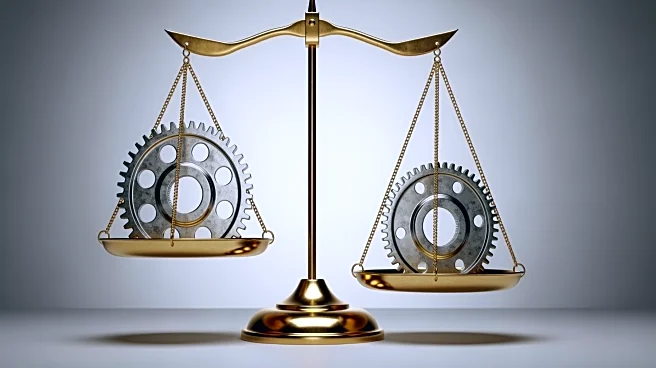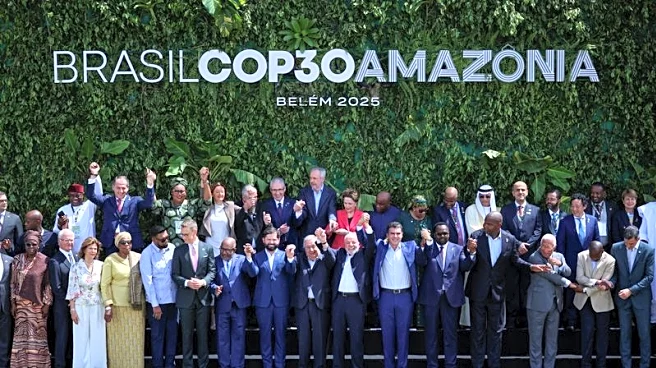What's Happening?
The silver market is experiencing a dramatic shift from surplus to chronic deficit as 2025 is set to record the fifth consecutive annual shortfall. Demand for silver is projected to reach 1.21 billion ounces, while total supply, including mine production,
recycling, and net hedging, falls short at approximately 1.03 billion ounces. This results in a 182 million-ounce deficit for 2025, the largest in over a decade. Industrial fabrication, particularly in solar photovoltaics and electronics, is driving demand, while physical investment demand has surged due to inflation hedges and portfolio diversification.
Why It's Important?
The persistent deficit in the silver market has significant implications for industries reliant on silver, such as renewable energy and electronics. The U.S. has classified silver as a critical mineral, highlighting its importance in defense and medical technologies. This designation could lead to increased federal funding for exploration and recycling efforts. The deficit also impacts investors, as silver's scarcity premium is beginning to be priced in, potentially leading to higher silver prices. The geopolitical and macroeconomic trends, including China's carbon neutrality goals and India's industrialization, further underscore silver's strategic importance.
What's Next?
The silver market may continue to face supply challenges, prompting innovation in recycling and alternative supply solutions. Urban mining and e-waste recycling technologies could enhance silver recovery rates, while thrifting in solar manufacturing may slow demand growth. The International Seabed Authority is finalizing regulations for deep-sea mining, which could provide new sources of silver. Analysts predict silver prices could rise significantly by 2030 if no major supply response emerges. Stakeholders will need to navigate these challenges to ensure stable supply and manage price volatility.
Beyond the Headlines
The shift in the silver market has ethical and environmental implications, as increased mining and recycling efforts may impact ecosystems and communities. The strategic importance of silver in technology and energy sectors highlights the need for sustainable practices and responsible sourcing. Long-term shifts in global economic and industrial strategies may be influenced by silver's role as a critical mineral, affecting policy decisions and investment strategies.















